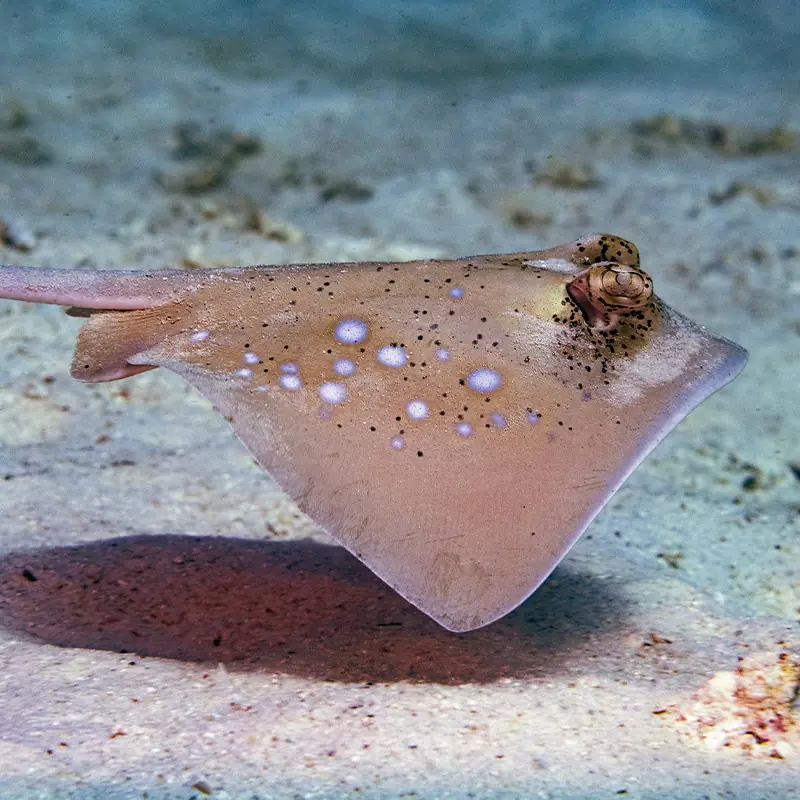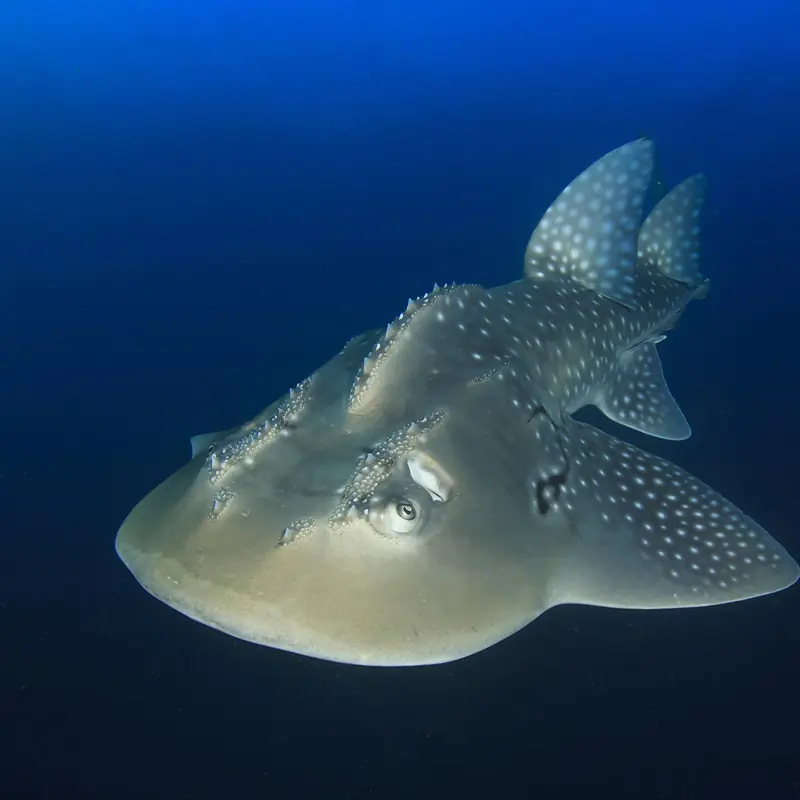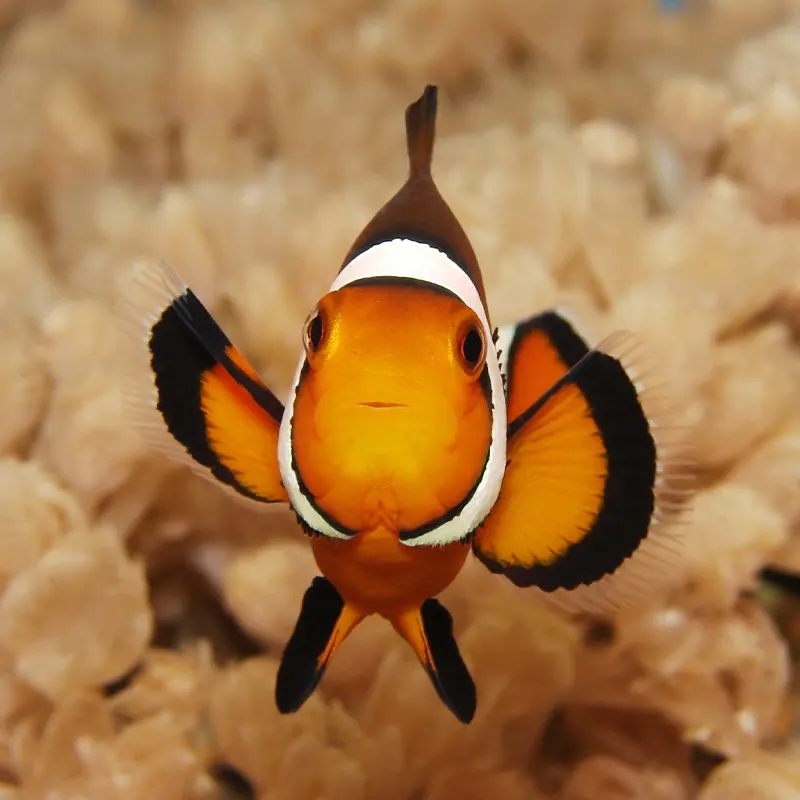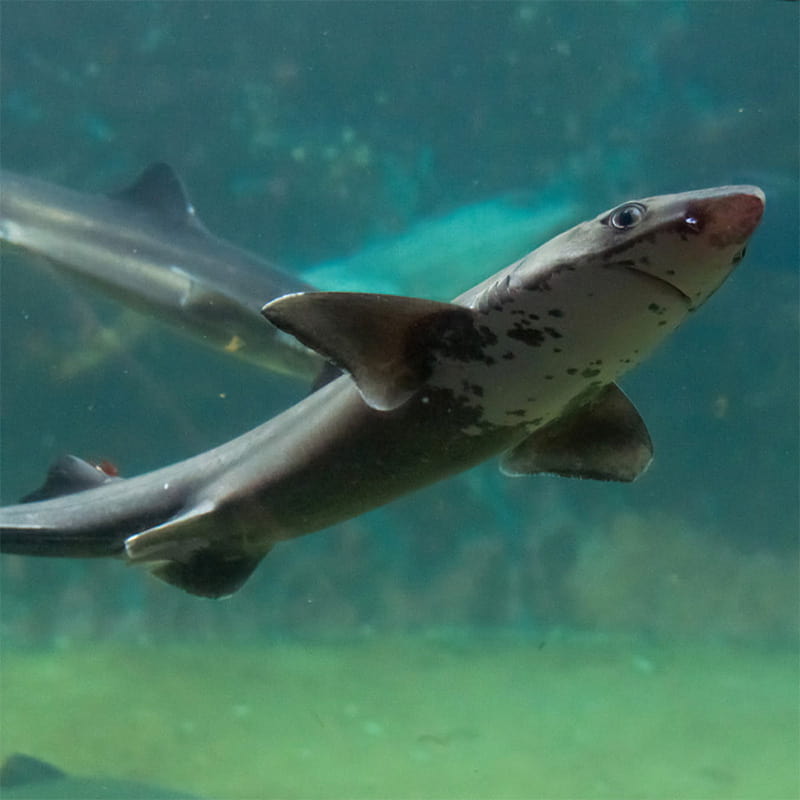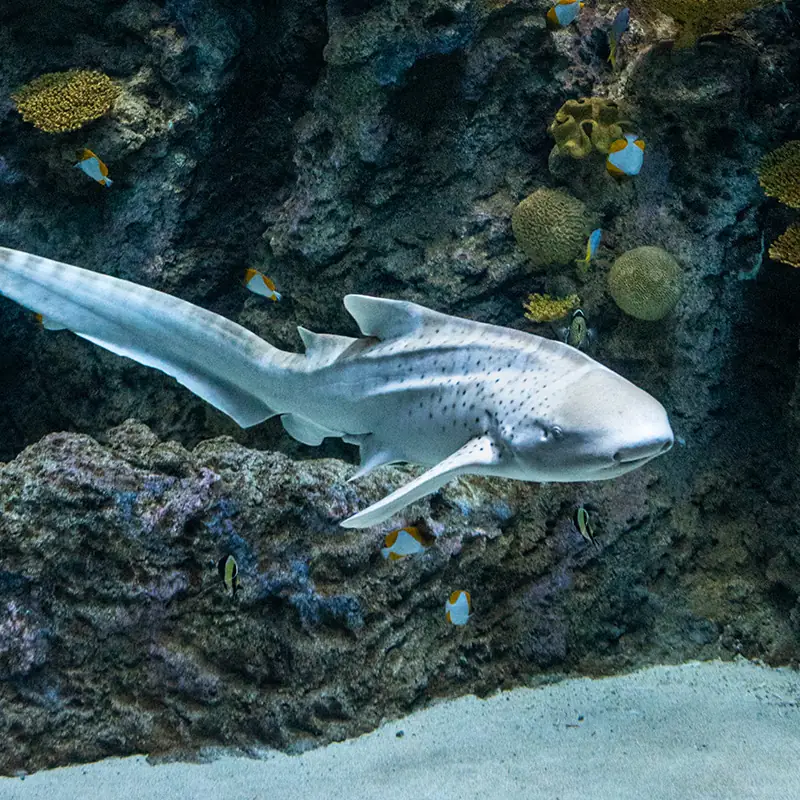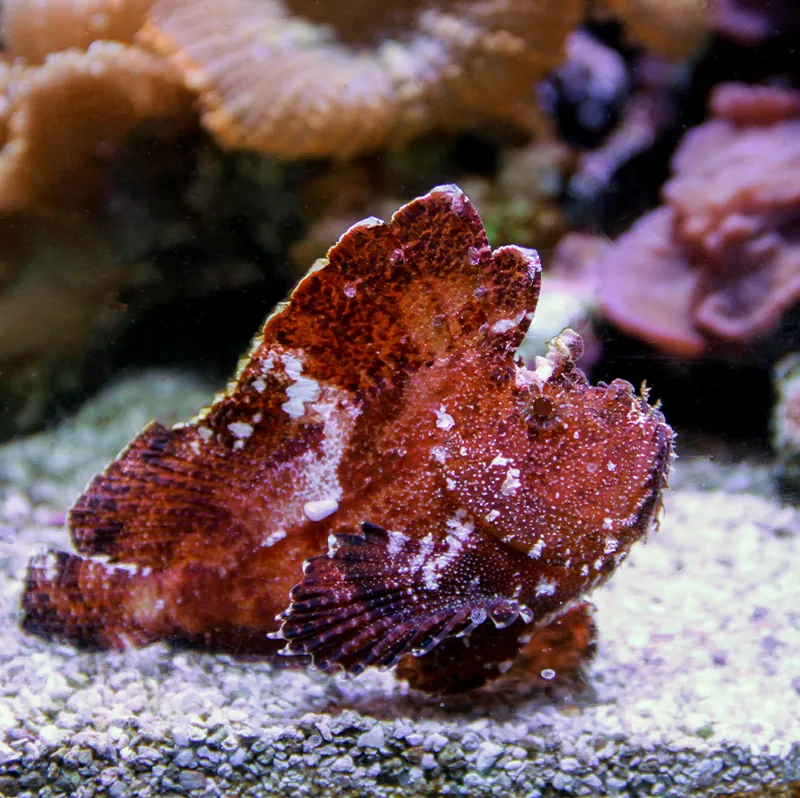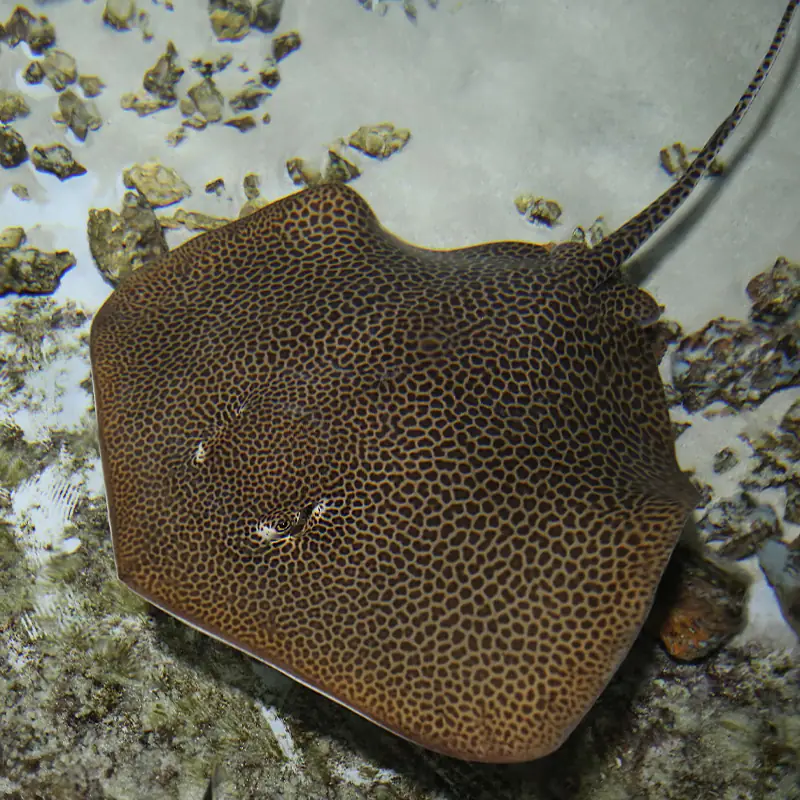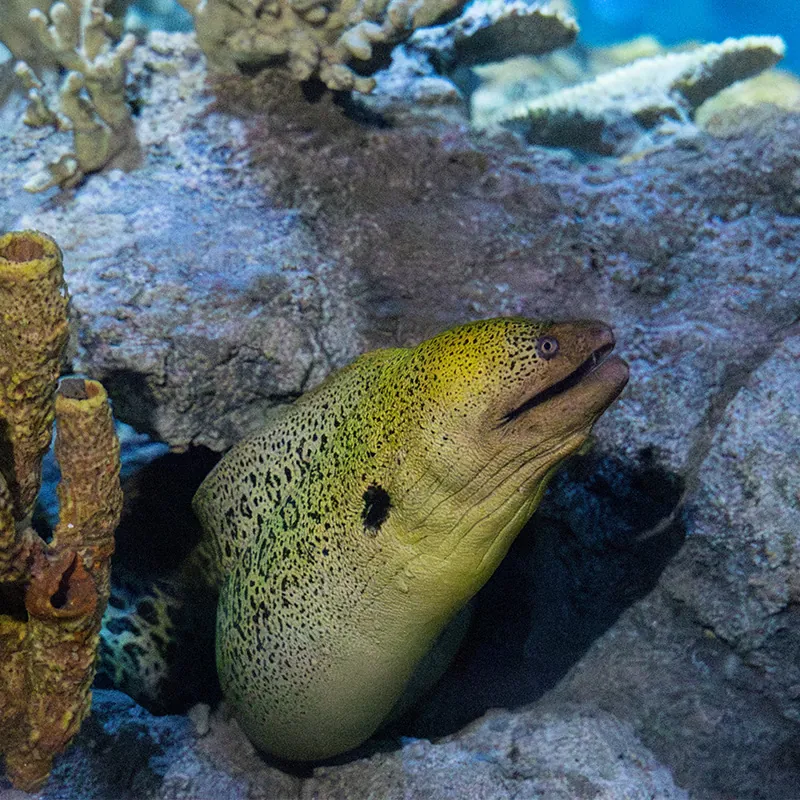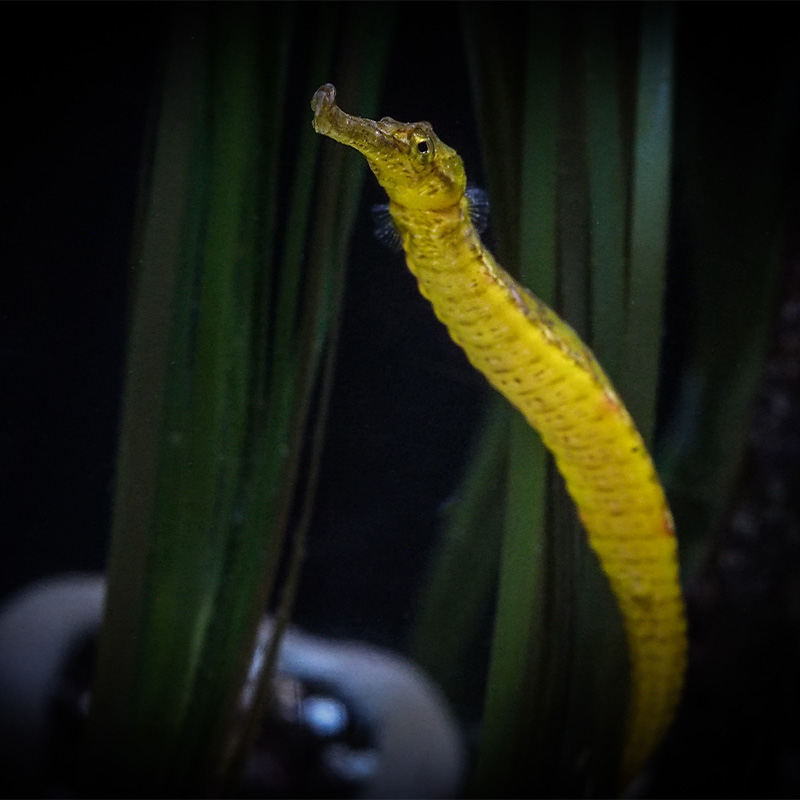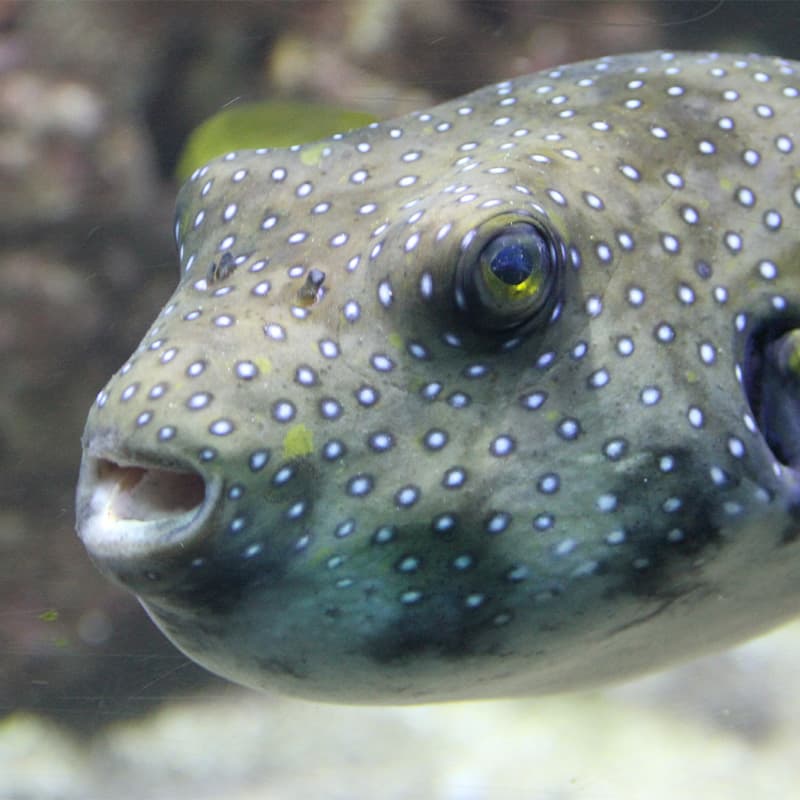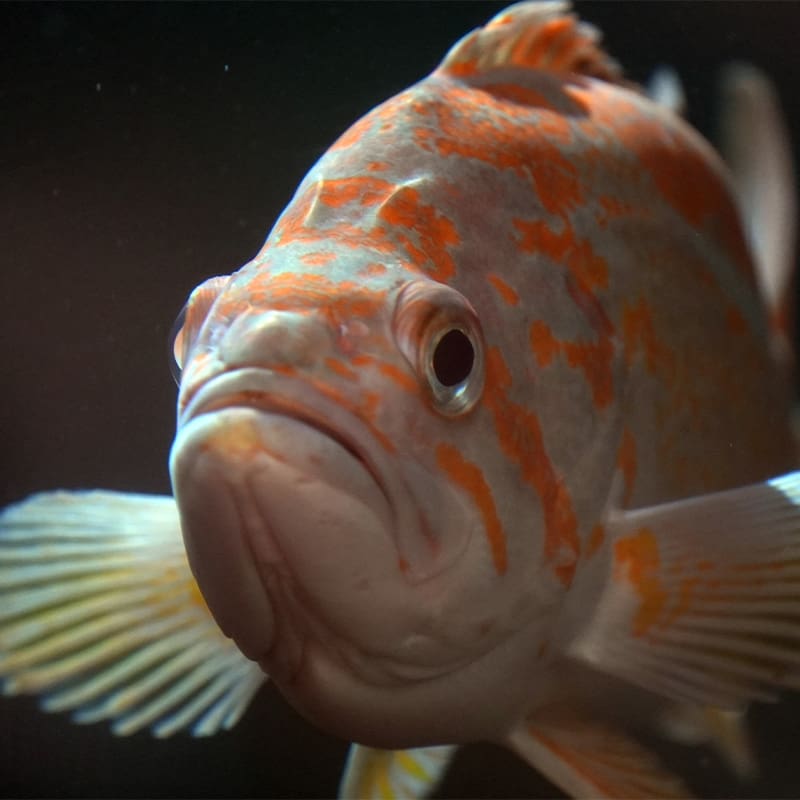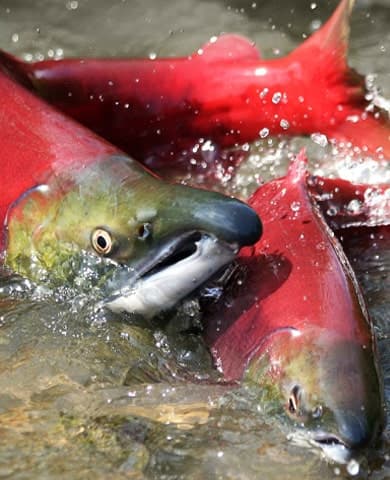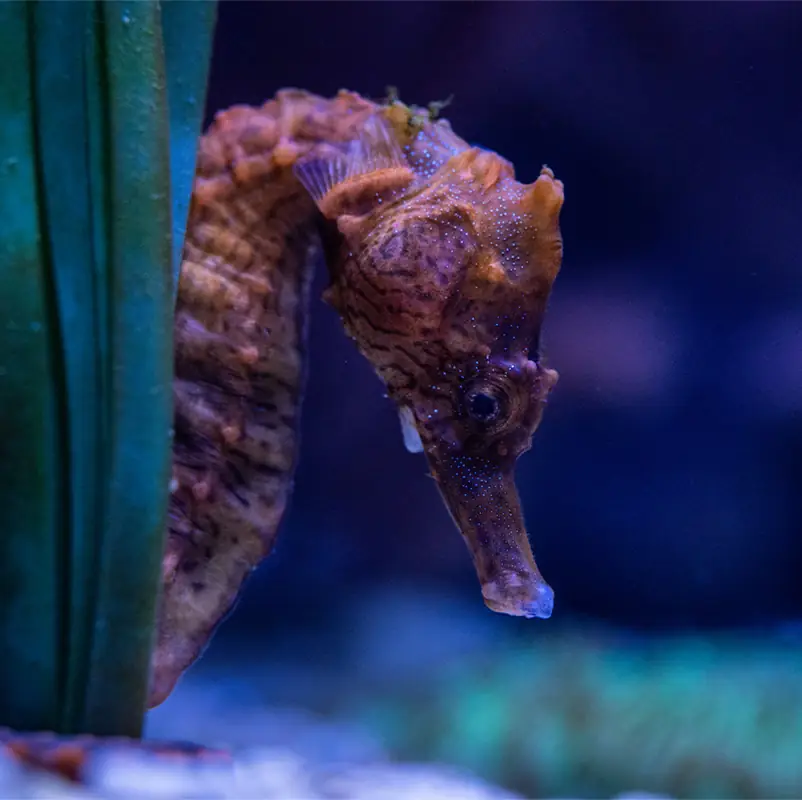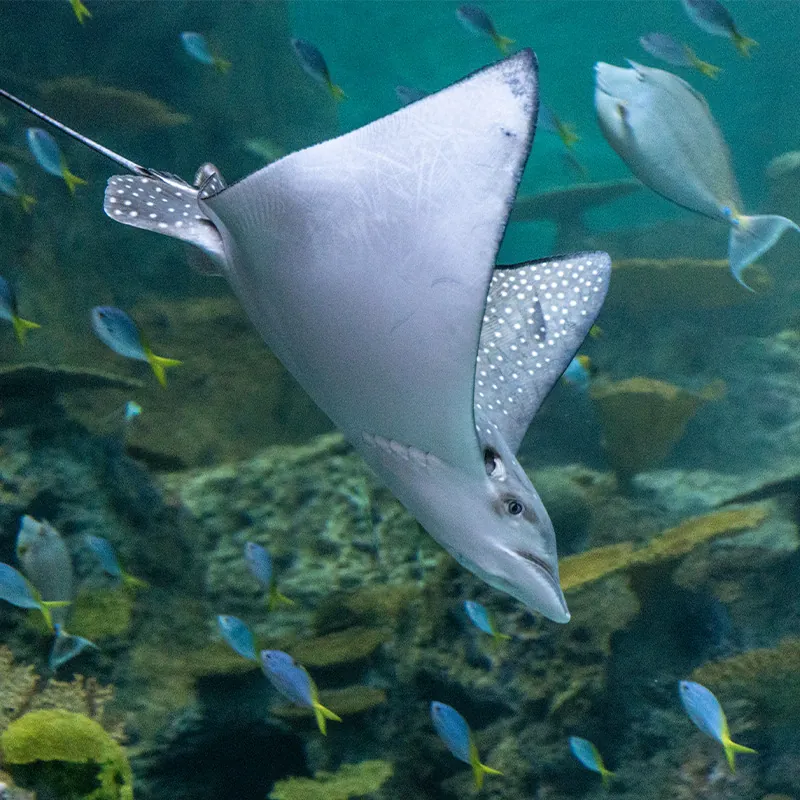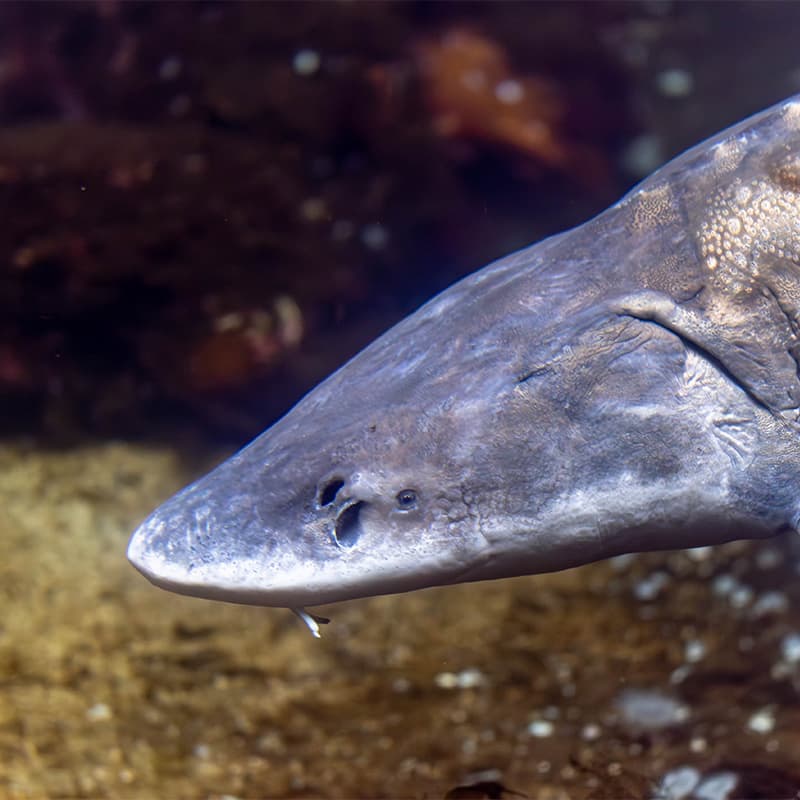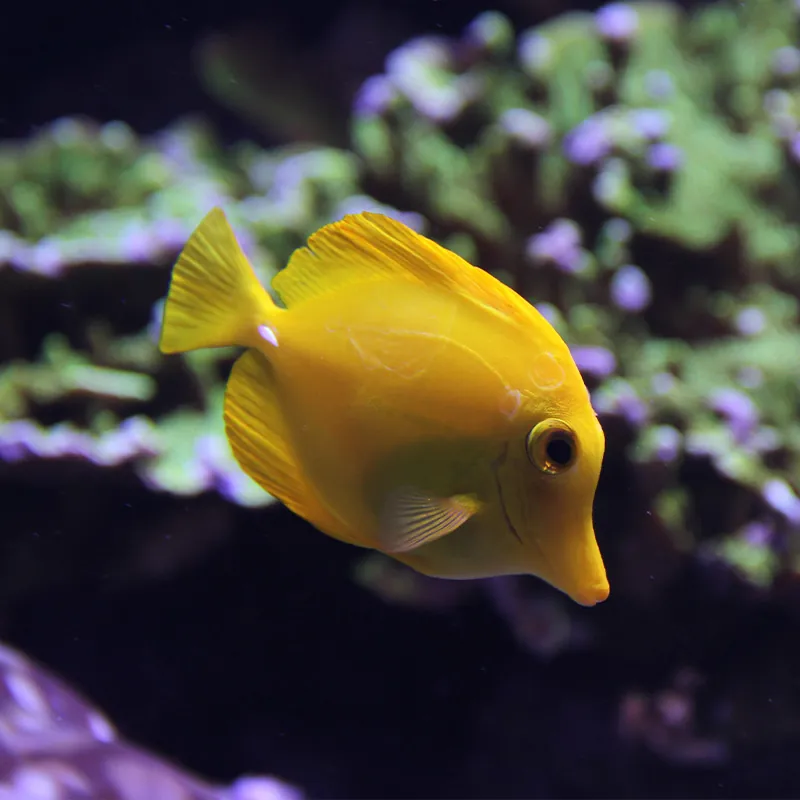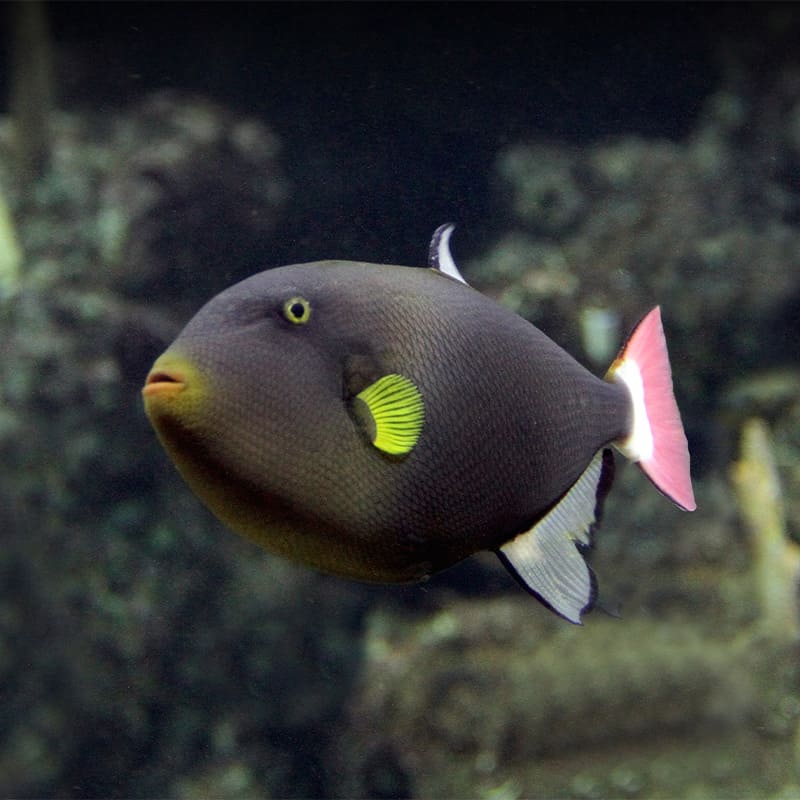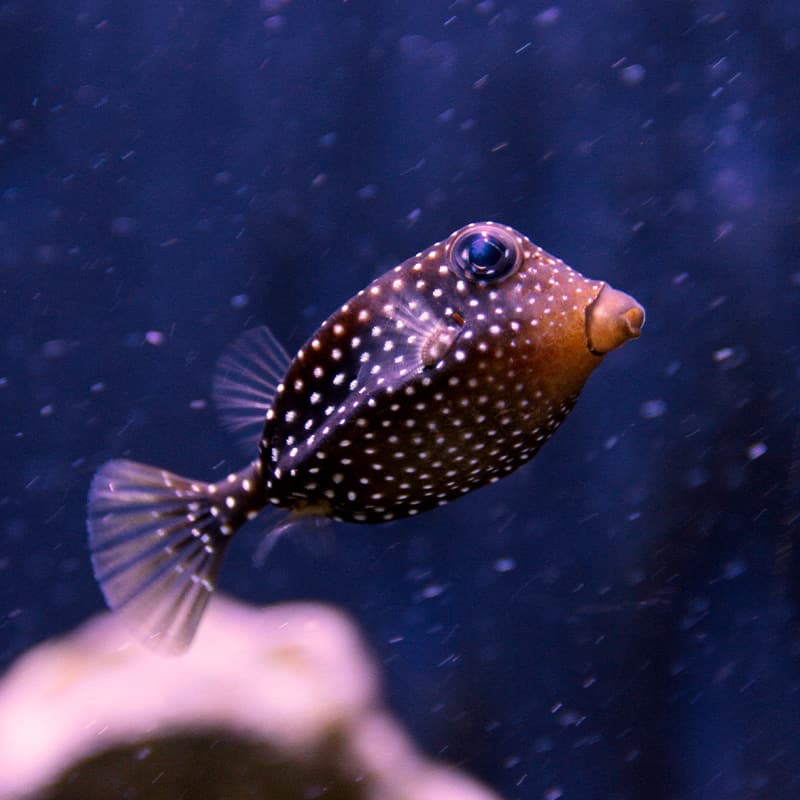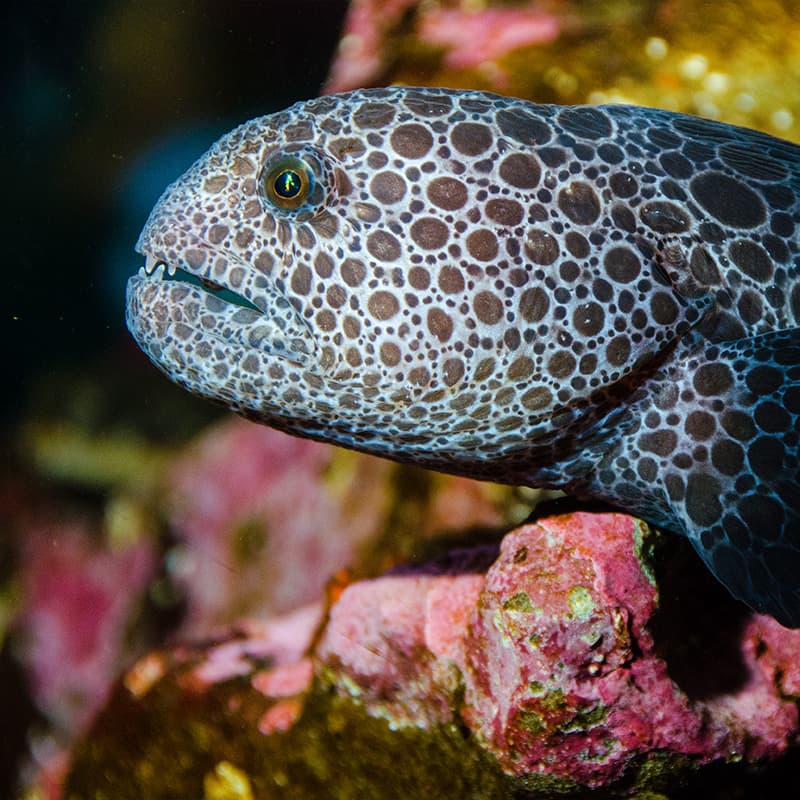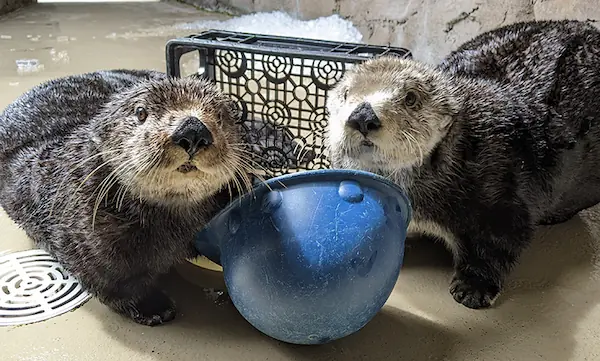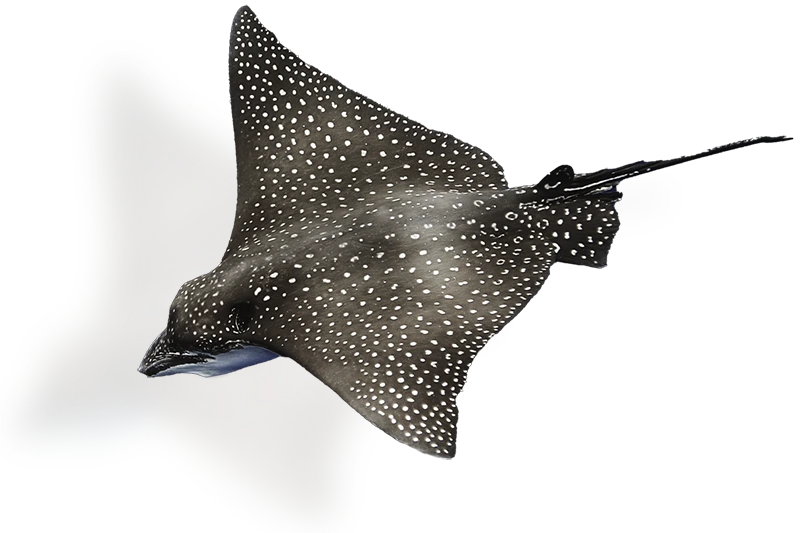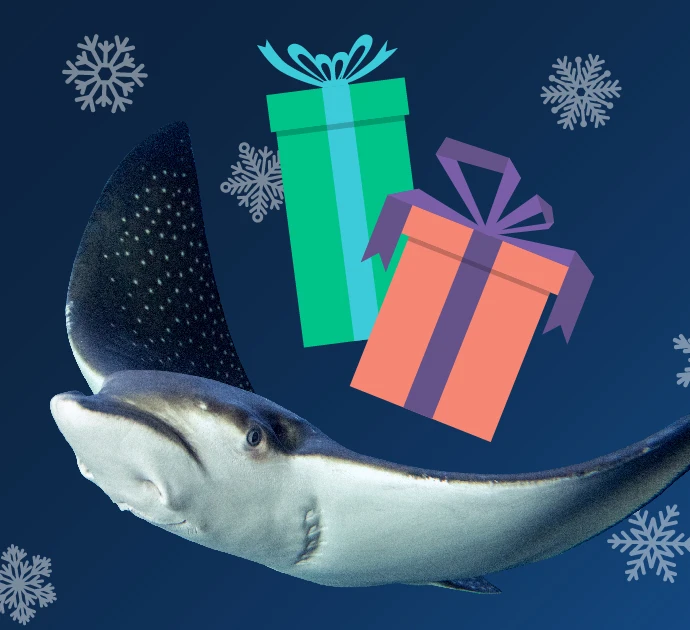- Fish
Grunt sculpin
The fish that swims by crawling
Grunt sculpins are entertaining to watch because of their awkward way of swimming: they “crawl” on the tips of their finger-like pectoral fins in a series of twitchy hops, jerks and jumps.
At the Aquarium
- Puget Sound Fish, Pier 60
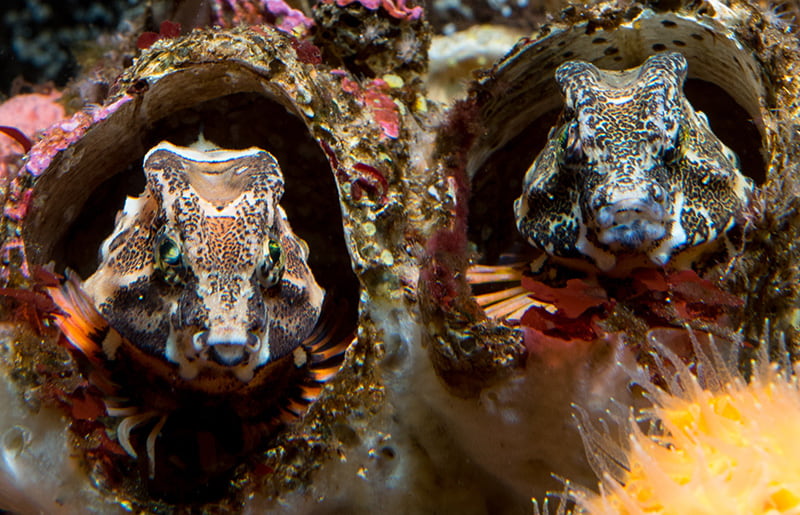
Barnacle buddies
Despite their poor swimming abilities, grunt sculpins have successfully adapted to life in high-current areas—thanks in part to some much-needed help from giant barnacles. In the wild, grunt sculpins frequently live in areas where giant barnacles are found. Barnacles need high water flow to get their food, and grunt sculpins use the barnacles’ shells as protection and egg-laying sites. In a shrewd act of camouflage, a grunt sculpin will sit in a barnacle shell facing outward. In this position, the shape of its head bears a striking resemblance to the former resident of the shell. Hiding out in a barnacle shell affords the grunt sculpin, an animal that would have a hard time getting away from predators, a leg up in its environment.
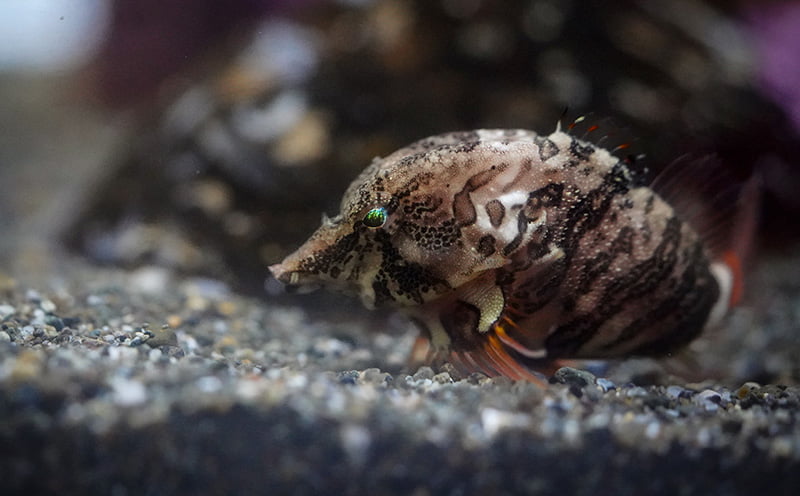
A one-of-a-kind appearance
Grunt sculpins definitely have a distinctive look. Their large heads represent over half of their total body length—and feature a long, tapered snout, two bony ridges on top, and small cirri on the upper lip. All of their fins except the pelvic fin are orange-red in color; they also have a bright orange bar at the base of their tails. The rest of their bodies are mottled in earthy shades of cream, orange-brown and dark brown, a color combination that helps camouflage them from predators. And, instead of scales, their bodies are covered with small plates containing numerous tiny spines.
An unusual way of mating and parenting
The female grunt sculpin takes the lead at mating time, chasing nearby males until she can corner one in a barnacle shell or other enclosed area nesting area. She then lays up to 150 eggs, keeping a watchful eye on the male and blocking his escape until he fertilizes them. After the eggs are fertilized, the female leaves the male to guard the nest. She may return occasionally to take a shift protecting the eggs. When it’s time for the eggs to hatch, whichever parent is guarding them (male or female) takes the eggs into its mouth, leaves the nest and literally spits the eggs out—breaking the eggs open. The newly hatched larvae then swim away to begin their lives.
Help care for grunt sculpins
Grunt sculpins have adaptations that allow them to overcome their physical limitations. But, like all animals, they need a healthy, safe environment in order to thrive. Human-caused hazards such as oil spills, pesticides, pollution and habitat destruction pose the biggest threats grunt sculpins. When you take action to care for the ocean, you’re also helping grunt sculpins!
Quick facts
Their large heads represent over half of their total body length!
Grunt sculpins use giant barnacle shells as protection and egg-laying sites.
These fish hatch their eggs by spitting them out of their mouths!
